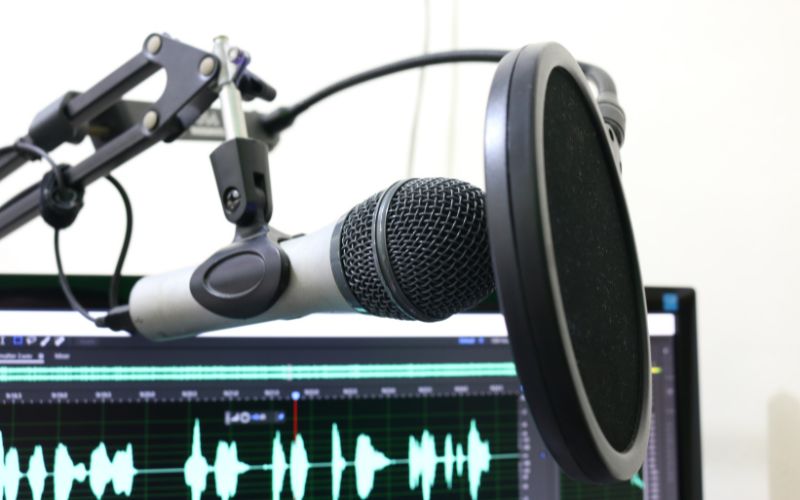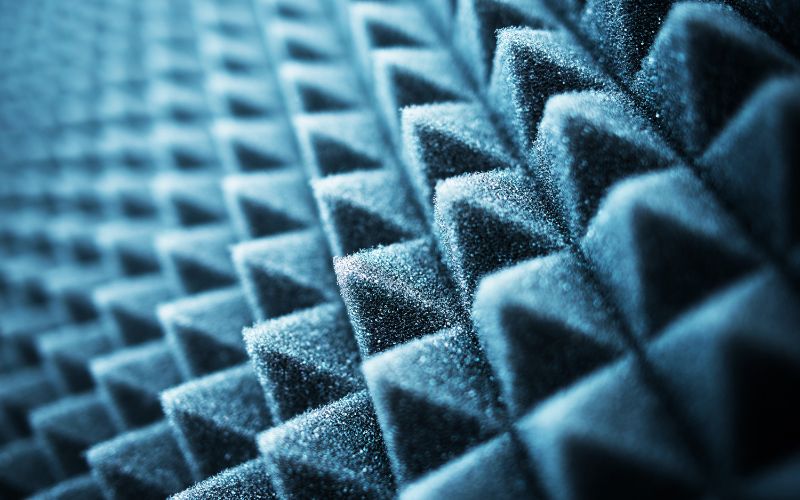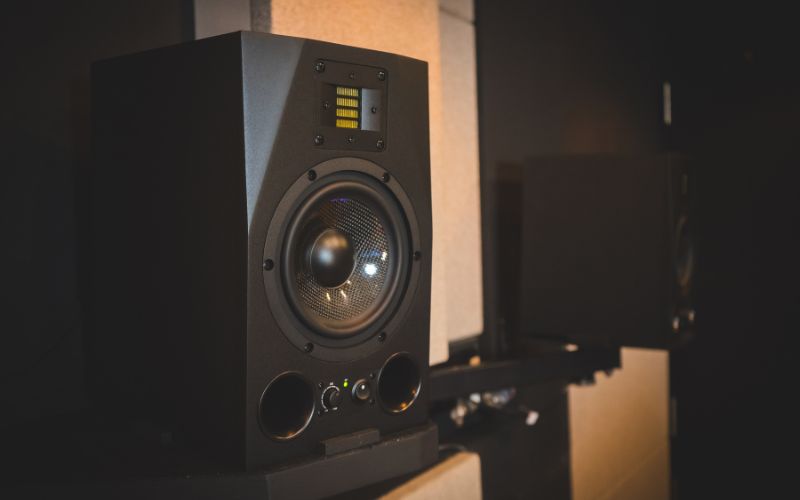
A recording environment refers to the physical space where audio recordings take place. It encompasses factors such as room acoustics, noise control, and equipment setup. Having a suitable recording environment is essential as it directly impacts the quality of the recorded audio and the overall listening experience. Let’s dive deeper into the key aspects of creating an ideal recording environment for audiobook production.
Setting up a professional recording environment
To ensure the best possible audio quality, several factors need to be considered when setting up a recording environment. Acoustic considerations play a crucial role in capturing clear and natural sound. This includes selecting a room with favorable characteristics, such as minimal echo and reverberation. Additionally, soundproofing techniques help minimize external noise interference, creating a controlled and isolated recording space. Let’s explore how these principles apply specifically to the home recording environment and the vocal recording environment.
Home recording environment
When setting up a recording environment for audiobook production in a home studio, certain aspects need special attention. Choosing a suitable room with minimal background noise and proper dimensions is important. Acoustic treatment, such as diffusers and absorbers, can help control reflections and create a more balanced sound. Additionally, implementing soundproofing solutions, such as sealing gaps and using sound barriers, can minimize external noise from entering the recording space. Selecting the right equipment, including microphones and headphones suitable for home recording, is crucial for achieving professional audio results.
If you want to create Audiobooks with Sound Effects you should consider using a professional production company.

Setting Up Your Home Recording Environment
To set up a successful home recording environment, you need to consider several factors that contribute to sound quality and comfort. Let’s explore them one by one:
Choosing the Right Room
The first step is to select an appropriate room for your home recording studio. Ideally, it should be a room that offers sufficient space, good acoustics, and minimal external noise. Basements, spare bedrooms, or dedicated home office spaces can often make excellent choices.
Soundproofing
Soundproofing your room is crucial to minimize external noise and prevent sound leakage. Use materials such as acoustic foam, soundproof curtains, and weatherstripping to seal off doors and windows. This will ensure that unwanted sounds from outside do not interfere with your recordings.
Acoustic Treatment
Applying acoustic treatment to your room helps control reflections, standing waves, and echoes, creating a more balanced and controlled listening environment. Consider adding bass traps, diffusers, and acoustic panels strategically to optimize the sound quality in your room.

Lighting
Proper lighting in your home recording environment is essential for a comfortable and productive workspace. Natural light is ideal, but if that’s not possible, opt for soft, diffused lighting that doesn’t cast harsh shadows on your equipment or affect your mood negatively.
Essential Equipment for a Home Recording Studio
Setting up a home recording environment requires investing in some essential equipment. Let’s take a look at the must-have gear for your home studio:
Microphones
A high-quality microphone is the cornerstone of any recording setup. Choose a microphone that suits your needs, whether it’s a condenser microphone for vocals or a dynamic microphone for instruments.
Audio Interface
An audio interface connects your microphones and instruments to your computer, allowing you to record and monitor your audio. Invest in an interface that offers good sound quality and has enough inputs and outputs to accommodate your recording needs.
Studio Monitors
Studio monitors, also known as speakers, are designed to provide accurate and transparent sound reproduction. They allow you to hear your recordings with precision and make informed mixing decisions.

Headphones
A good pair of headphones is essential for monitoring and editing your recordings. Opt for closed-back headphones to minimize sound leakage and ensure accurate sound representation.
Computer and DAW
A reliable computer with sufficient processing power is necessary for running your digital audio workstation (DAW). Choose a computer that meets the requirements of your chosen DAW and consider investing in additional storage for your projects.
Cables and Stands
Invest in high-quality cables to ensure clean and reliable audio signals. Additionally, microphone stands, boom arms, and shock mounts help position your microphones correctly and reduce unwanted noise.
Vocal recording environment
Creating an optimal recording environment for vocal performances is essential to capture clear and expressive audio. Proper microphone placement is crucial to capture the nuances of the voice and minimize unwanted noise. Using pop filters and windshields can effectively reduce plosive sounds caused by certain vocal sounds, ensuring a cleaner recording. It is also important to create a comfortable and inspiring atmosphere for the vocal artist, as this can greatly impact their performance and the overall quality of the audiobook recording.
Equipment for a high-quality recording environment
Investing in quality recording equipment is paramount for producing professional audiobooks. The choice of microphones, headphones, audio interfaces, and preamps greatly influences the clarity and fidelity of the recordings. Understanding the specific requirements of the home recording environment and the vocal recording environment can help in selecting the appropriate equipment for optimal results. Additionally, essential accessories such as microphone stands, cables, and pop filters contribute to creating a well-equipped recording environment.
Maintaining and optimizing the recording environment
Once the recording environment is set up, it is important to maintain and optimize it for consistent performance. Regular cleaning and maintenance of equipment and the recording space are necessary to ensure longevity and optimal functioning. Monitoring and adjusting room acoustics, including re-evaluating the need for additional acoustic treatment, can help maintain a balanced sound. Upgrading equipment when necessary, considering factors like changing technology or expanding recording needs, is also important to keep up with industry standards.
Conclusion
Creating a suitable recording environment is a vital aspect of audiobook production. Whether you are setting up a home recording environment or optimizing a vocal recording environment, the right choices in terms of room selection, acoustic treatment, equipment, and maintenance can make a significant difference in the quality of the final audio recordings. By paying attention to these aspects and continuously refining the recording environment, you can ensure that your audiobooks deliver a compelling and immersive listening experience.
FAQs
Yes, it is possible to create a professional recording environment in your home. By following acoustic principles, implementing soundproofing techniques, and selecting suitable equipment, you can achieve high-quality audio recordings.
Microphone placement is crucial in capturing clear and balanced vocals. Experimenting with different positions and distances from the microphone can help achieve optimal results based on the characteristics of the voice and the desired sound.
Essential equipment for a home recording environment includes a quality microphone, headphones, an audio interface, and a computer with recording software. Additional accessories such as microphone stands, cables, and pop filters may also be required.
Regular cleaning of recording equipment is recommended to maintain optimal performance and longevity. It is also important to keep the recording space clean to minimize dust and debris that could affect the quality of the recordings.
Upgrading recording equipment may be necessary when you want to improve audio quality, keep up with technological advancements, or expand your recording capabilities. It is important to assess your specific needs and budget before making any upgrades
